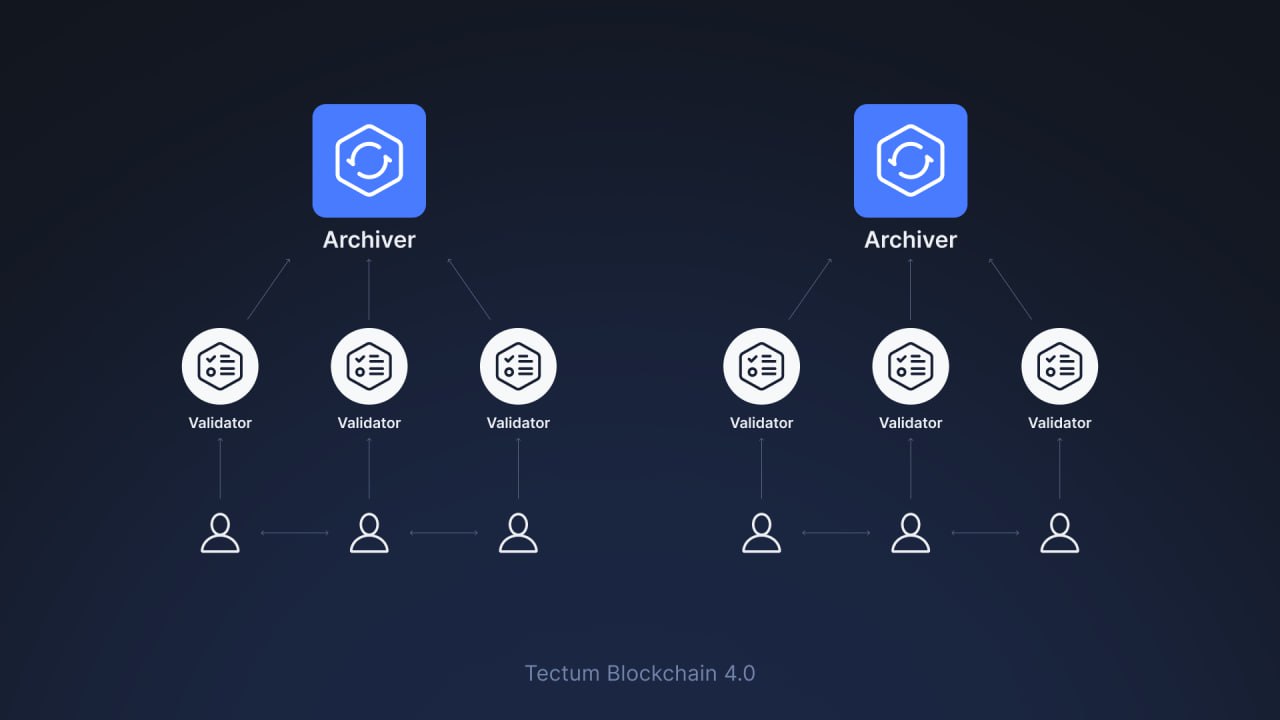Blockchain technology changes how we exchange value. But what is a smart contract in blockchain? Simply put, it’s self-executing code. It runs on decentralized networks like Ethereum, Tectum, etc.

Smart contracts cut out middlemen. They also reduce fraud and paperwork. Plus, they enforce deals automatically.
In this guide, you’ll discover:
- How smart contracts work (with examples).
- Their top uses in DeFi and NFTs.
- Key risks like irreversible bugs.
- Safe ways to interact with them.
Let’s explore Web3’s trustless system together.
What is a Smart Contract in Blockchain?
You have probably heard this answer multiple times – a smart contract is a self-executing code that runs automatically on a blockchain network. This technology fulfills the agreed outcome once all prerequisite requirements have been met.
Smart contracts are the major players in ensuring the decentralization of power in a blockchain. While removing middlemen reduces costs, it poses a problem of nonconformity. Using banks as an example, they can close people’s accounts as punishment for not abiding by rules and regulations.
Smart contracts play a similar role on a blockchain network to ensure that users do not exploit each other. The major difference between a smart contract and a bank is that no one entity controls a smart contract.
To get an insight of how it works, think of smart contracts like a vending machine. You insert the right coin and select the drink or snack you want. The machine vends it to you with interference or support from a cashier.
How Do Smart Contracts Work? Examples of Smart Contracts
Permit me to bore (and probably confuse) you with some boring technical “technicalities” (if there is anything like that). Not to worry, it will make sense afterward.
Here is a sequence of how the smart contract code executes blockchain transactions:
Agreement Terms Coded
- Developers write “if-then” rules (e.g., *”If payment received, transfer ownership”*)
- Code is deployed to blockchain (like Ethereum)
Triggering the Contract
- An action occurs (e.g., buyer sends crypto payment)
- Blockchain network validates the transaction
Automatic Execution
- Conditions are checked (payment amount, sender address, etc.)
- If terms are met: the contract executes (NFT ownership transfers)
- If not: the contract rejects the action
Result Recorded
- Transaction details are added to the blockchain
- Becomes permanent and unchangeable
To better understand all the jargon explained above, imagine you are buying an NFT from a web3 marketplace. Once you place an order for the asset, you will be given a wallet address or link to pay through.
The smart contract is connected to the process and will trigger the delivery of the NFT to your wallet once it is notified that the wallet has received the exact amount (including gas fees) for the token. Think of it as a self-checkout process.
Once the smart contract plays its role, the transaction is made irreversible and stored on a blockchain. This ensures that nobody can alter any information.
Here are some popular platforms and blockchains that deploy smart contracts for operations:
- Uniswap
- Aave
- Tectum
- Chainlink
- Compound
- OpenSea
- dYdX
- MakerDAO
- PancakeSwap
- Synthetix
What is a Smart Contract in Blockchain Used For?
A smart contract is typically used for processes involving value exchanges on a blockchain that typically requires intermediaries. However, it can also be used in other areas that require immutability of transactions.
Here are some common use cases of a smart contract:
- DeFi Loans: Smart contracts automate lending—no banks needed. They lock collateral, release funds, and repay loans automatically when conditions are met.
- NFT Sales: They handle instant ownership transfers. Pay crypto, and the NFT moves to your wallet—no middlemen taking cuts.
- Supply Chain Tracking: Products get digital IDs on-chain. Each scan updates location/data automatically, proving authenticity from factory to shelf.
Compared to traditional contracts, smart contracts are more efficient and do not require human intervention. In addition, execution is instant as the process does not involve protracted negotiations.
What is the Biggest Limitation of a Smart Contract in Blockchain?
If you are wondering what the biggest limitation of a smart contract is, there are three downsides to consider. Below we break down these challenges and provide some examples of smart contract limitations
- Smart Contract Codes Are Irreversible: Once a smart contract is deployed on the blockchain, it becomes immutable—meaning the code cannot be altered or updated, even if developers discover critical bugs or vulnerabilities. This “code is law” principle creates significant risks, as seen in the infamous DAO hack, where attackers exploited a loophole to drain over 60 million Ethereum.
- Scalability Challenges: Blockchain networks face severe congestion during peak usage, causing gas fees (transaction costs) to skyrocket unpredictably. On Ethereum, users have paid over $100 just to process simple token swaps during busy periods—making small transactions economically unviable. This bottleneck also slows execution times, contradicting the “instant” promise of smart contracts. For example, NFT drops often freeze networks, leaving users paying high fees for failed transactions.
- No Legal Recognition: The legal status of smart contracts remains ambiguous globally. While some courts recognize blockchain records as evidence, others reject them due to pseudonymity. Tax authorities struggle to classify DeFi transactions—is staking taxable as income? What about NFT royalties? Regulations change constantly; the EU’s MiCA laws clash with the SEC’s aggressive stance in the U.S., creating compliance chaos. Even valid contracts can be voided by courts, as seen when the U.S. Treasury sanctioned Tornado Cash, effectively freezing associated smart contracts.
How to Interact with Smart Contracts Safely
Navigating the world of smart contracts requires both the right tools and a healthy dose of caution. While blockchain technology offers exciting possibilities, the irreversible nature of transactions means security should always come first. Let’s explore how beginners can safely engage with smart contracts while avoiding common pitfalls.
- Essential Tools for Safe Interactions: Every smart contract user needs two fundamental tools in their arsenal. First, a reliable Web3 wallet like MetaMask or Trust Wallet serves as your gateway to blockchain applications while keeping your assets secure. These wallets allow you to review transactions before signing and interact directly with dApps. Second, blockchain explorers such as Etherscan or BscScan let you verify contract details before engaging – check the contract’s audit status, creator information, and transaction history. Never interact with unaudited contracts, especially those handling significant funds.
- Recognizing and Avoiding Scams: The decentralized space unfortunately attracts bad actors looking to exploit inexperienced users. Common red flags include contracts requesting excessive permissions, websites with subtle URL misspellings (like “Metamask.io” instead of “MetaMask.io”), and promises of unrealistic returns. Always test new contracts with minimal amounts in sandbox environments like Ethereum’s Goerli testnet first. Bookmark legitimate sites to avoid phishing attempts, and never share your seed phrase – legitimate services will never ask for it. If an offer seems too good to be true, it almost certainly is.
- Recommended Starting Points for Beginners: For those new to smart contracts, begin with well-established dApps that have strong security track records. Uniswap offers a straightforward way to experience token swaps, while OpenSea’s testnet allows NFT exploration without real funds. Compound’s lending protocol demonstrates DeFi basics with relatively low risk. Start with small amounts as you learn – even legitimate contracts can have complex interactions that might confuse first-time users. As you gain confidence, you can gradually explore more advanced platforms while applying the security principles you’ve learned.
- Building Safe Habits: Developing good security practices early will serve you well in your Web3 journey. Always double-check contract addresses, enable two-factor authentication where possible, and consider using a hardware wallet for significant holdings. Stay informed about common scam tactics – crypto communities often quickly spread warnings about new threats. Remember that in the decentralized world, you are your own security team, so taking the time to understand each interaction pays dividends in protecting your assets.

